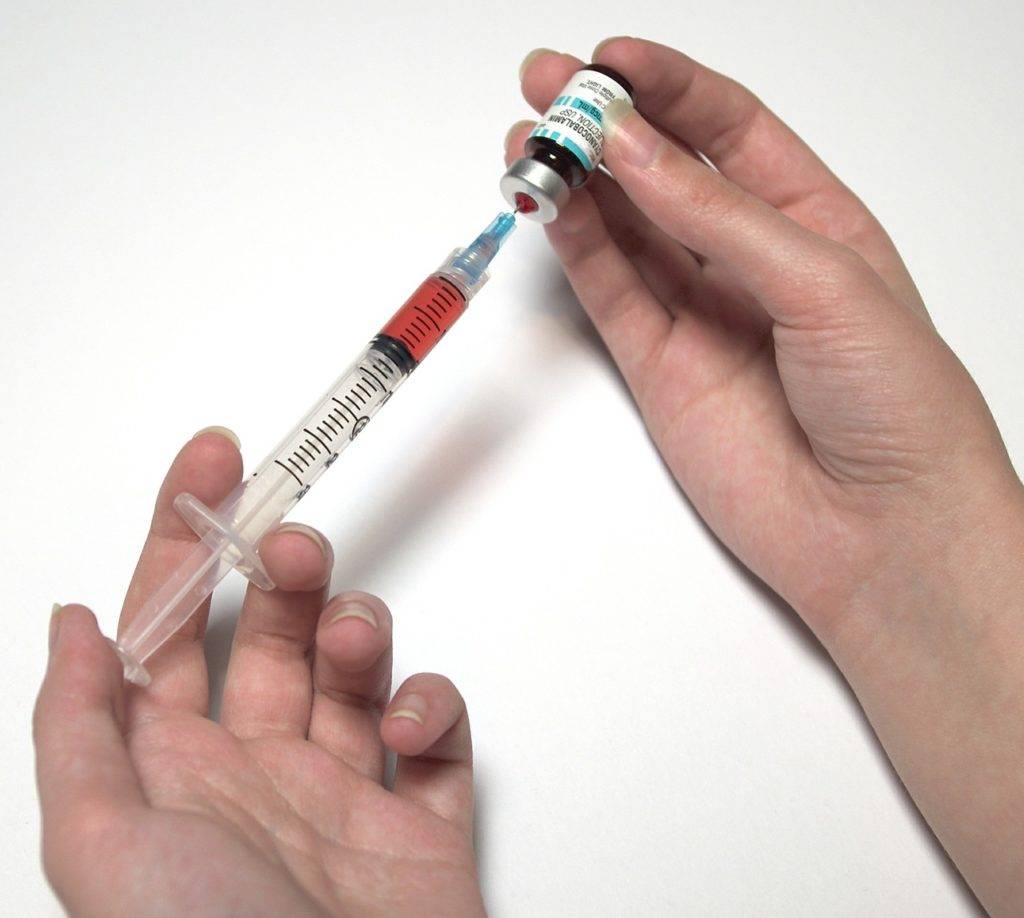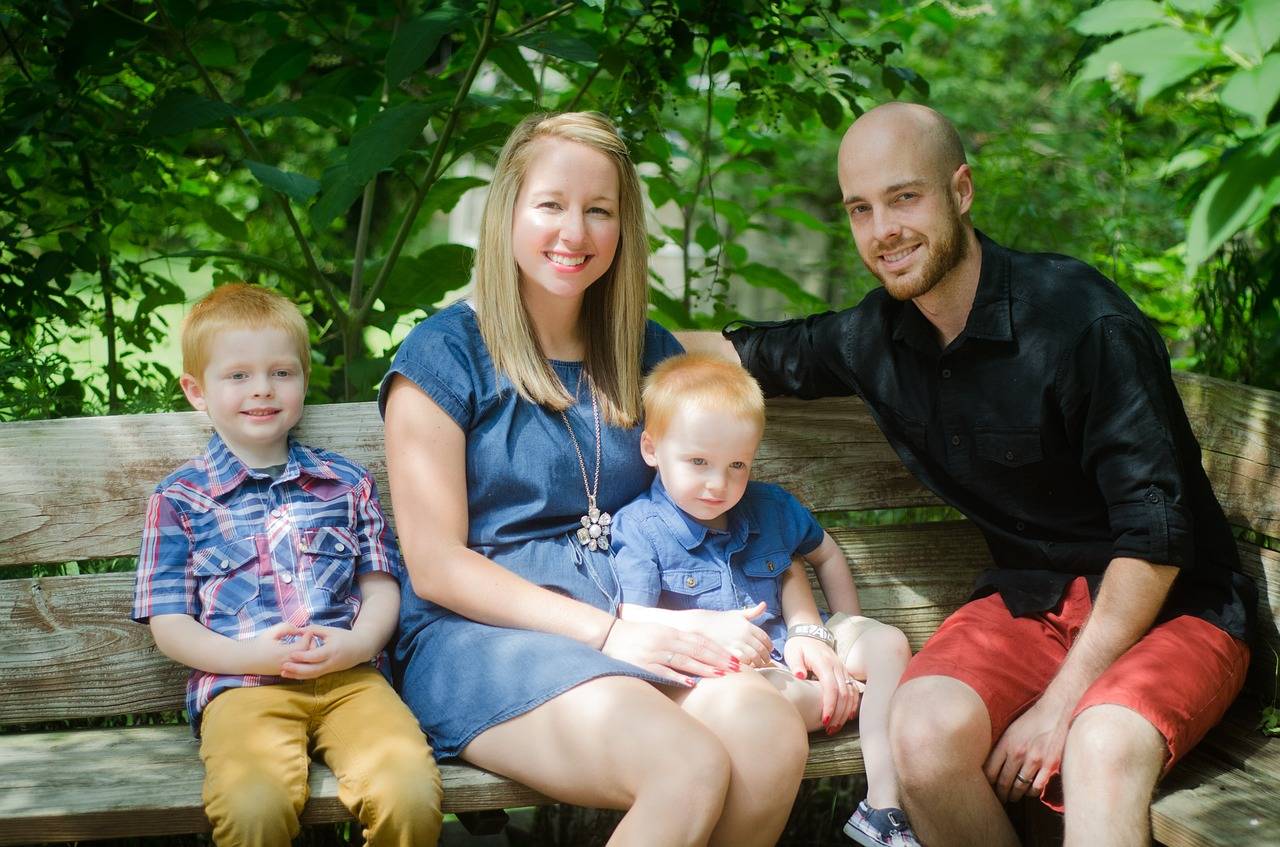Georgia AAP Communication
September 19, 2016
Guidance for Palivizumab Prophylaxis among Infants and Young Children at Increased Risk of Hospitalization for Respiratory Syncytial Virus Infection
September 19, 2016
There have been no changes in the recommendations for palivizumab prophylaxis among infants and young children at increased risk of hospitalization for respiratory syncytial virus infection for the 2016-17 season. Below is a summary of the current recommendations that is just a reiteration of the guidance the Georgia AAP disseminated in September 2014.
The AAP has published the policy statement mentioned above and an accompanying technical report in the August 2014 edition of Pediatrics (published online July 28). Links to the full documents can be found below.
Policy statement: http://pediatrics.aappublications.org/content/early/2014/07/23/peds.2014-1665
Technical report: www.pediatrics.org/cgi/doi/10.1542/peds.2014-1666
The AAP recommends use of palivizumab be limited to high-risk infants who are most likely to benefit:
- Infants born before 29 weeks gestation;
- Infants with certain chronic illnesses, including congenital heart disease or chronic lung disease.

Summary of Guidance
- In the first year of life, palivizumab prophylaxis is recommended for infants born before 29 weeks, 0 days’ gestation.
- Palivizumab prophylaxis is not recommended for otherwise healthy infants born at or after 29 weeks, 0 days’ gestation.
- In the first year of life, palivizumab prophylaxis is recommended for preterm infants with CLD of prematurity, defined as birth at <32 weeks, 0 days ‘gestation and a requirement for >21% oxygen for at least 28 days after birth.
- Clinicians may administer palivizumab prophylaxis in the first year of life to certain infants with hemodynamically significant heart disease. Decisions regarding palivizumab prophylaxis for infants with heart disease may be made in consultation with a pediatric cardiologist.
- Clinicians may administer up to a maximum of 5 monthly doses of palivizumab (15 mg/kg per dose) during the RSV season to infants who qualify for prophylaxis in the first year of life. Qualifying infants born during the RSV season may require fewer doses.
- Palivizumab prophylaxis is not recommended in the second year of life except for children who required at least 28 days of supplemental oxygen after birth and who continue to require medical intervention (supplemental oxygen, chronic corticosteroid, or diuretic therapy).
- Monthly prophylaxis should be discontinued in any child who experiences a breakthrough RSV hospitalization.
- Children with pulmonary abnormality or neuromuscular disease that impairs the ability to clear secretions from the upper airways may be considered for prophylaxis in the first year of life.
- Children younger than 24 months who will be profoundly immunocompromised during the RSV season may be considered for prophylaxis.
- Insufficient data are available to recommend palivizumab prophylaxis for children with cystic fibrosis or Down syndrome.
- The burden of RSV disease and costs associated with transport from remote locations may result in a broader use of palivizumab for RSV prevention in Alaska Native populations and possibly in selected other American Indian populations.
- Palivizumab prophylaxis is not recommended for prevention of health care-associated RSV disease.
In Georgia, RSV season typically begins in October. Based on statewide RSV surveillance data, administration of palivizumab for at-risk babies should begin October 1, 2014. In general, up to five doses are sufficient to provide protection throughout the RSV season.
For hospitalized infants, the first dose of palivizumab should be administered 48-72 hours prior to discharge from the nursery.
The last dose should be administered in February, except when a high-risk infant is discharged in February, they should receive an injection in February and March. A high-risk infant that is discharged in March should receive one injection prior to discharge.
Infants who have been discharged from their birth hospital and are readmitted when they are due for an injection should receive it while hospitalized.

Medicaid/CMO Policy: Click here to view the full blastfax which contains a chart with Synagis information that has been recently revised.
Please remember that palivizumab doses administered may be entered into GRITS. This will help providers know the extent to which palivizumab has been administered to specific patients.
Jatinder Bhatia, MD, FAAP Harry Keyserling, MD, FAAP
Chair, Committee on Fetus and Newborn Chair, Committee on Infectious Disease
For questions or concerns regarding this blastfax or any other immunization information, please contact the Chapter’s Immunization Coordinator, Mike Chaney at (404) 881-5094 or [email protected]




